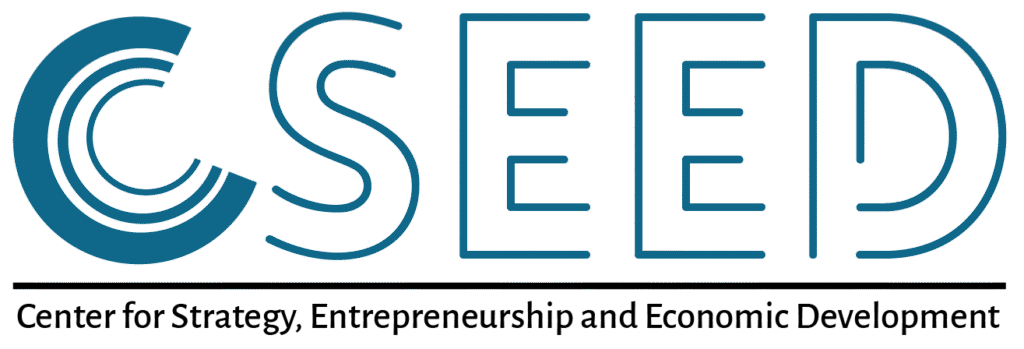In today’s flexible and remote-driven workplace, companies often emphasize adaptability and culture, but why HR structure still matters is a question not asked frequently enough. In fact, a strong HR framework is essential to long-term success, employee well-being, and strategic growth.
HR Structure and Strategic Advantage
According to a 2024 Gartner study, organizations with well-defined HR policies are 48% more likely to retain top talent and 36% more likely to meet their annual performance goals. That’s because structure isn’t about rigidity, it’s about alignment.
-
Consistency in onboarding, performance reviews, and career progression builds trust and clarity.
-
Policy-backed practices help employees feel secure, even within flexible hybrid models.
-
Scalable HR architecture supports rapid growth without sacrificing culture or competence.
These foundations align directly with broader strategic goals, scaling responsibly, motivating teams, and sustaining core values over time.
Flexibility or Chaos?
Flexibility is essential, but without structure, it becomes chaos in disguise:
|
Risk Without HR Structure |
Strategic Impact |
|---|---|
|
Unclear career paths |
Higher turnover rates and disengagement |
|
Inconsistent performance management |
Uneven productivity and risky bias |
|
Reactive, ad‑hoc policy creation |
Compliance issues and operational gaps |
|
Undefined hybrid norms |
Misaligned expectations, team friction |
A robust HR framework doesn’t stifle creativity; it channels it toward measurable progress by offering clarity, support, and fairness.
How to Reinforce HR Structure for the Future
-
Map your people strategy to business strategy
Use tools to assess capacity, skill gaps, and organizational readiness.
-
And for complete internal alignment, adopt a clear and ethical workplace framework like OPC 5 – CSEED’s model that covers Policy, Practice, Progression, Perception, and Privacy.
-
Monitor and iterate
Track engagement scores, productivity trends, and compliance metrics to adapt structure over time.
HR Structure in the Broader Workplace Landscape
Professional services giant McKinsey reports that companies with structured HR functions are 2x more likely to leverage digital tools successfully. Moreover, SHRM data shows structured HR contributes to a 15% productivity boost compared to organizations relying on informal processes.
These results make HR structure not just an operational concern but a strategic growth accelerator, especially important in an unpredictable global economy.
Final Note
The future of work demands flexibility, but structure is what enables that flexibility to succeed. Why HR structure still matters is more than a question; it’s a mandate. Build with strategy, not just spontaneity, and you’ll support progress that lasts.
For more insights on structured HR in hybrid models, see this Harvard Business Review article on hybrid work strategies
Published by: CSEED











